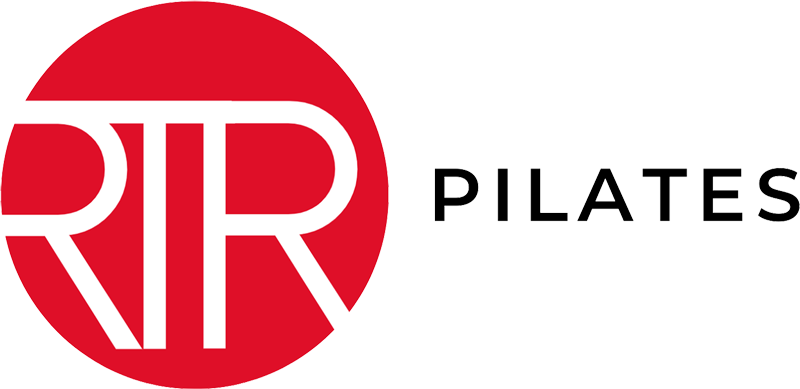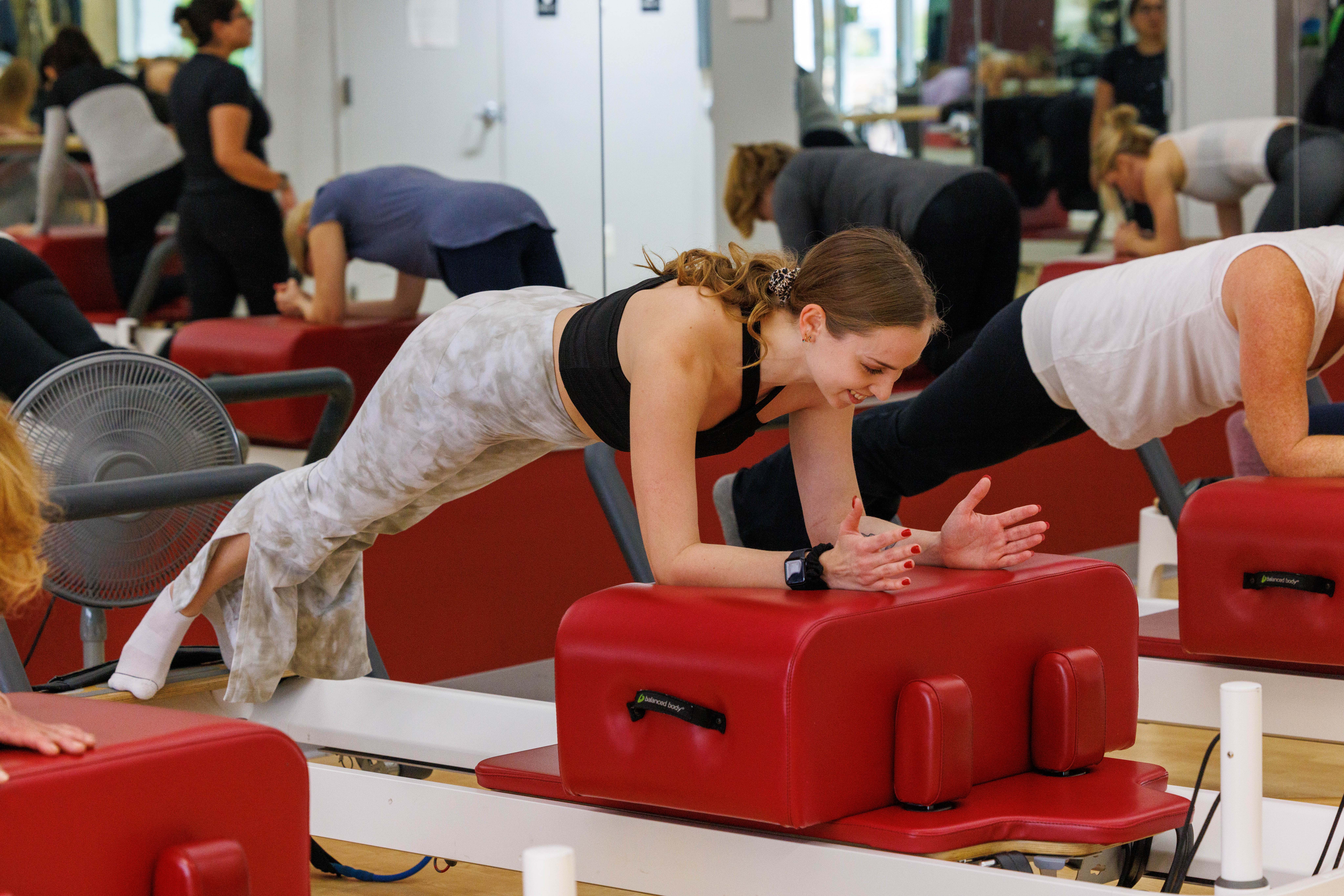Planks can sometimes inspire a love-hate relationship. Holding a plank for a full minute can be intimidating for beginners, let alone a side plank or twisted plank. On the other hand, more advanced fitness enthusiasts can get bored planking in mat Pilates classes or standard workouts, with only your body weight acting as your resistance.
Lucky for us, reformer Pilates takes the best of static and dynamic plank exercises with modifications to suit every ability. No matter your fitness level, our instructors can modify planks to provide a challenging, but doable, workout that strengthens a ton of important muscle groups all at once.
So why are planks so good for you, and what does reformer Pilates add to the exercise? Let’s talk about it.
The benefits of planking
Planks are one of the best exercises for your body, hands down. Planks are a functional exercise that can activate and work out multiple muscle groups at once, including the core, back, glutes, hamstrings, shoulders, and triceps.
“Planks are a great full body exercise with an emphasis on the core. Our core is the main source of stability and power in our bodies. Planks also target the posterior chain of the body which helps to alleviate back pain and discomfort. There are so many variations and modifications for planks that make them accessible to just about everyone.” – RTR Instructor Lindsay D.
Regular planking can provide a whole host of benefits, including:
1. Improved sports performance
A body with well-rounded muscle development will see increased performance in any sport. Whether you ski, golf, play tennis, or chase around a 2-year-old (which any parent can tell you requires a similar athletic prowess), a strong core will improve your capacity for jumping, twisting, bending, and everything else you need to do in the sports you love.
2. Better posture throughout the day
If you sit for most of the day, you can probably see it in your posture. Muscles can grow used to hunching over a computer screen, and we can find ourselves out of alignment. Planking can build up your muscles to create a more neutral spine. This protects our bones, joints, and muscles, which can go a long way toward feeling better throughout the day.
3. Injury prevention
When our core is underdeveloped, our back can end up taking on a lot more effort than it can handle. By building up the core, glutes, and hamstrings, planks can build a stronger foundation for your body and give your lower back a break.
4. Better coordination & balance
While it might not always seem this way, your core provides the majority of the effort to maintain stability in the body. When you strengthen your whole core, your muscles are better equipped for coordination and balance throughout the day.
Best of all, planks are super efficient. By targeting multiple muscle groups at once, you’re getting a more effective workout in less time. And with a reformer Pilates class, you can adjust your exercise to fit your body’s needs.
Planking modifications on the reformer
Planking on a Pilates reformer opens up a whole host of modifications you can use to create added challenges or support in your planks.
The spring load on your reformer can change which muscle groups are challenged in a plank. With a heavier spring load, planks will be more shoulder-intensive. On the other hand, a lighter spring load decreases stability. This means that you’ll engage your abs more to hold the plank in place for a more challenging exercise. Lighter spring loads are more challenging for balance and control. Even if you’ve done planks before, reformer Pilates’ dynamic planks create challenging movements for any fitness level as you push and pull against the reformer.
“My favorite plank series is a twisted plank. I LOVE working the obliques and nothing gets those obliques better than a twisted plank. I love all variations such as hip lifts, hip dips, catfish, French twist, twisted wheel barrel or a combo move! I usually teach them facing the back of the reformer with forearms on the box and feet on the footplate or foot bar, but I also enjoy them facing forward or with the box next to the carriage.” – RTR Instructor Lindsay D.
Modifications
In addition to being such an effective exercise, we love that planks can be easily modified depending on what your body needs. A forearm plank can protect the wrists while, dropping to a knee plank can provide added support to your core as you build strength to do a plank on your feet.
That said, always let an instructor know if you have any specific concerns before class, so they can help you find the right adjustments and form throughout the class.
If do you have injuries, it’s important to consult with a qualified medical professional before you attend a Pilates class to ensure you can participate safely.
See the results for yourself!
We love planks so much that we include plank variations in almost every class. Join our community at RTR Pilates and try planking on the reformer today! Get your first month of unlimited classes for just $129.

